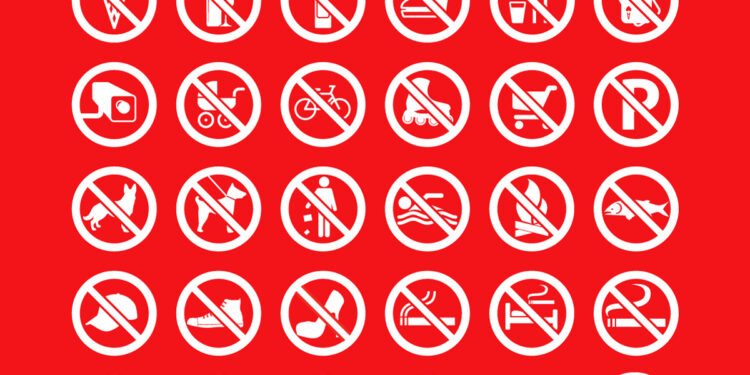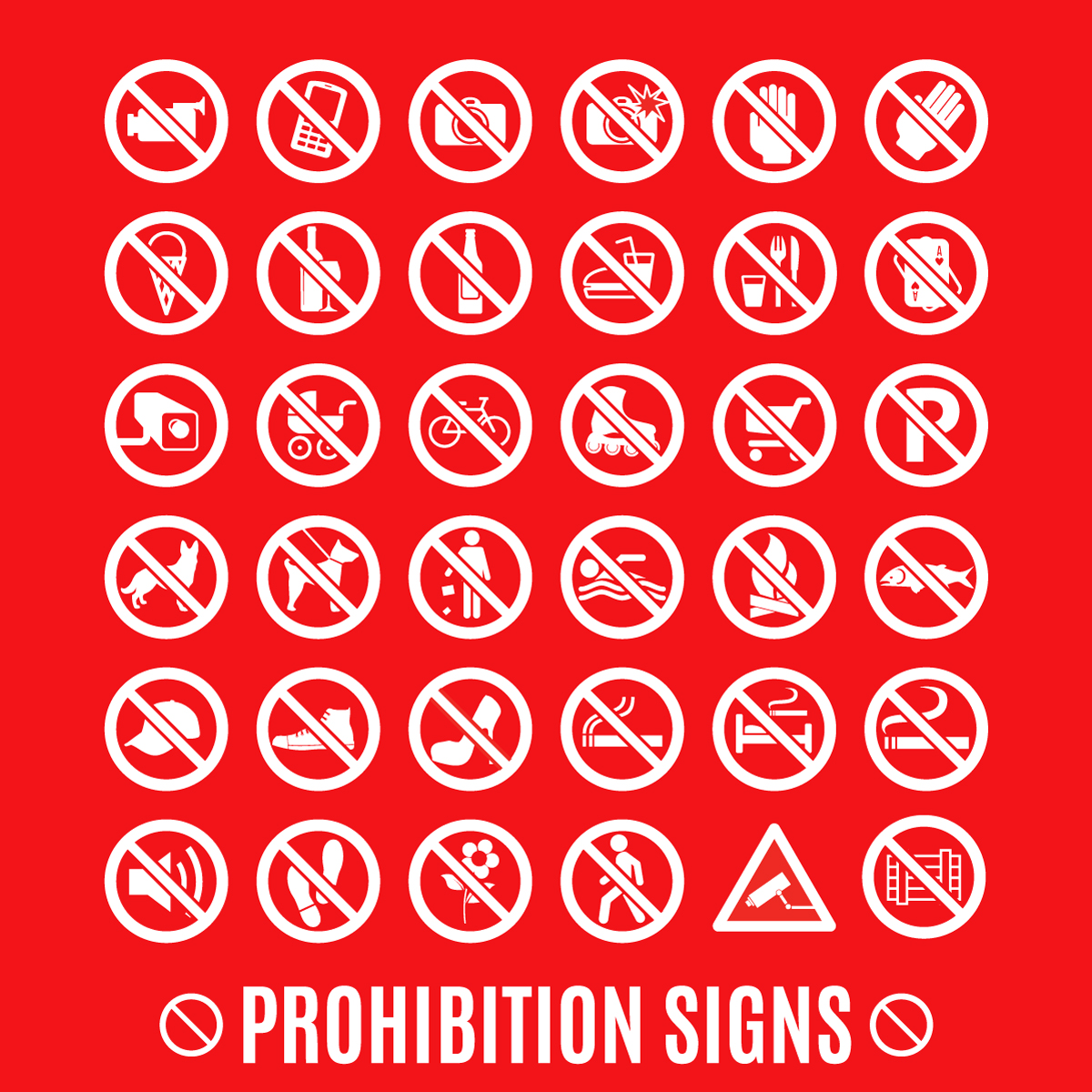Do You Believe in Sign Blindness? – Test Yourself and See


Signage is everywhere. We see a constant stream of signs while driving down the road. There are signs posted at work, at the grocery store, at the community pool, and just about everywhere else we go. Unfortunately, exposure to excess signage can lead to a psychological phenomenon known as sign blindness.
Do you believe this phenomenon exists? If not, try testing yourself. Try to recall all the signs you pass on the way to work. Write them down, then have a friend or family member drive the route while you confirm each sign along the way.
Whether it’s prohibition signs or signs telling us which way to go, we see so many that it’s easy to tune them out. Sign blindness is real, and it can be dangerous. Fortunately, it is not most of the time.
Table of Contents
A Basic Definition
The basic definition of sign blindness is a condition in which an individual fails to consciously notice or register signage in a familiar environment. The signage goes unnoticed despite being clearly visible. And the root cause? Psychological noise.
Repeated exposure to anything leads to the brain getting used to it. And as that happens, whatever it is can be gradually tuned out. In terms of signage, it becomes part of the visual background because the brain no longer considers it important.
Unfortunately, the danger of sign blindness is ignoring essential information or warnings. Sign blindness explains why people do things like entering zoo enclosures despite plenty of warning signs telling them not to do so.
Common Contributors to Sign Blindness
Different things can contribute to sign blindness. Nonetheless, it is a genuine phenomenon borne out by psychology. People simply have a habit of tuning things out when their brains decide such things are no longer important.
From a practical standpoint, here are four of the most common contributors:
- Familiarity – When people see the same signage over and over again, their brains start to ignore it. A by-product of this brain response is that a person is less likely to heed what the signage says.
- Volume – Sign blindness can occur as a result of too many signs placed in a confined area. This is often referred to as cluster blindness. Too many signs to take in all at once leads the brain to reject them in total.
- Overload – Cognitive overload can make signage easy to miss. People are constantly overloaded by marketing messages, multitasking, social media, etc. It all adds up to mental fatigue that makes missing signage easier.
- Inattention to Change – Sign blindness can even be the result of and inattention to change. This occurs when a person is constantly overstimulated to the point where they do not notice changes in the environment.
It is important to note that sign blindness doesn’t necessarily have to be caused by just one thing. More often than not, it is the result of a combination of the previously mentioned contributors. All these things work together to encourage our brains to ignore signs.
The Potential Consequences of Sign Blindness
Sign blindness isn’t automatically a bad situation by default. We can ignore plenty of signs with no detrimental results. But sometimes sign blindness is a serious problem. Its potential consequences involve things we don’t even like to think about. Here are some examples:
1. Parking Where It’s Not Allowed
No parking zones, clearly identified with signage, are everywhere. The zones are not created simply because engineers had some free time to kill when designing a new building and parking lot. No parking zones have purposes.
Parking in such a zone in front of a store could have detrimental effects in the event of a fire, medical incident, or other type of emergency. Cars parked in the zone prevent first responders from getting as close as they need to. Not good.
2. Mixing Deadly Chemicals
In an industrial environment, signage might make it abundantly clear that certain chemicals are not to be mixed. Sign blindness becomes dangerous when workers learn to tune out those signs. A worker could inadvertently mix the chemicals in question due to a lack of caution. The result could be serious injury, or even death.
3. Smoking at the Fuel Station
Smoking is prohibited at fuel stations for obvious reasons. Fuel is flammable. So smoking while you’re refilling your car could lead to a serious explosion. No smoking signs are not signs we really want people ignoring – especially at the fuel station.
Signage is good. It serves a purpose. But it is important that those who develop and place signage understand the very real problem of sign blindness. For the rest of us, our own safety could depend on paying attention to signage.
Going sign blind isn’t a good situation. When we learn to tune out signs, we are also learning to tune out the vital information they display. So the big question is this: how do we avoid it?






